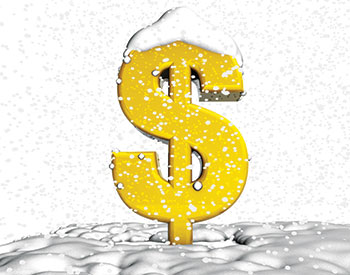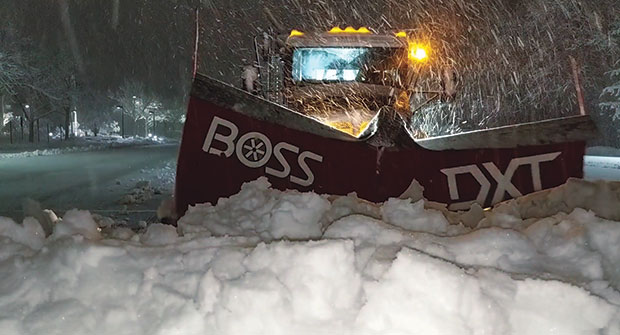
The approach of many snow contractors is like a Las Vegas bet, commonly phrased something like this: “One year I win, one year you win. In the end, it all works out.” I don’t know about you, but this approach doesn’t strike me as a particularly sound business strategy. There shouldn’t be a winner and a loser. In fact, snow and ice management professionals should always win, regardless of the situation. Don’t you agree?
The problem is many snow contractors leave themselves vulnerable, either because they don’t know any better or they are knowingly entering into a gambling scenario. In this article, I challenge you to think twice about such risky business. I believe there are a handful of areas where you should be able to reduce or eliminate your exposure.
Early- and late-season events. When a snow or ice event occurs before your service start dates, your customers expect you to perform as if you’ve been waiting around all summer for this event to show up. The same thing happens with storms that occur well into the spring, after your service window has closed. Some of you do not have service start and stop dates in your contracts. Events outside of your service dates are freak storms that you and your customer never anticipated. You deserve to be paid extra for these storms.
Blizzard events. When a blizzard occurs, it’s probably not something you planned on or built into your estimating model. Your blizzard clause should include the definition of a blizzard according to your governmental weather service, depending on where you reside. If a blizzard occurs, you’ll be protected financially by billing over and above for the event. A best practice is to bill on a time and materials basis.
Drifting snow. Similar to blizzards but more frequent, drifting snow is not usually included in estimating models. In the right conditions, snow may drift continuously and be a major challenge. Including language in your contracts to specify how drifting will be addressed and paid for is necessary.
Relocating or hauling. Customers asking for or demanding snow to be relocated on-site or hauled away should also be prepared to pay for these additional services. It’s always best to address this early in the sales process; in addition, your contracts should clearly explain these extra service charges so there are no disagreements when the need arises.
Thaw and refreeze. If your customer expects you to monitor and treat for thawing and refreezing, you need to be paid for these services. Depending on conditions, this service may be required every day for the entire winter. You simply cannot give it away or hope it doesn’t occur. Protect yourself and include language in your contracts to address this scenario.
Daytime events. Daytime snow and ice events are unique because of the challenges related to traffic, full parking lots and the need to come back overnight to clean up. A daytime snow event that requires a full push overnight is really two separate events. Are your customers paying for two events or one? Why not two?
If you would like to win every year, take a look at your contracts and make some changes in these areas to protect yourself. Now go forth.


